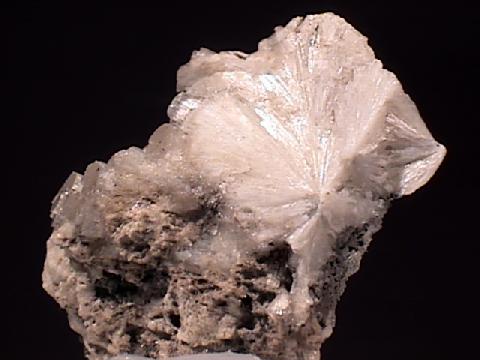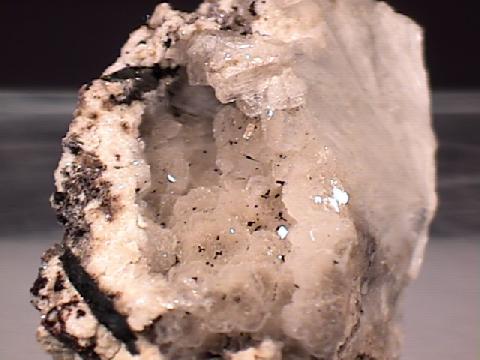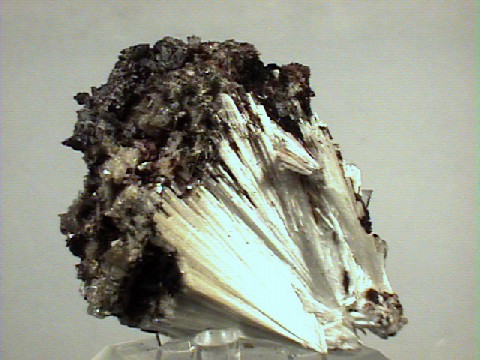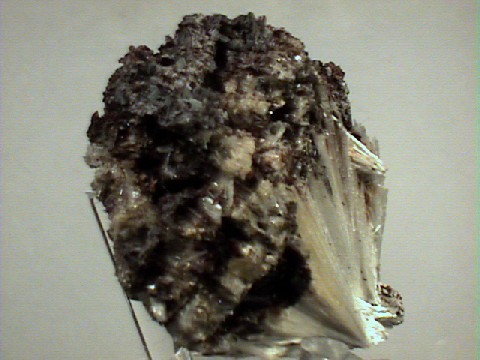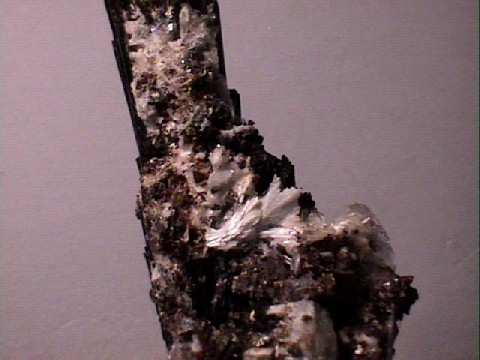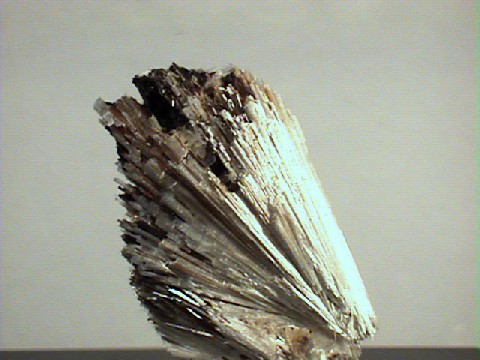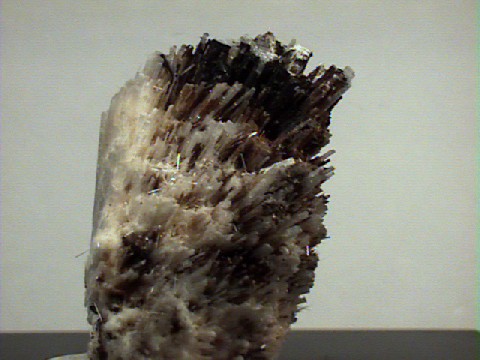 THE MINERAL LEIFITE
THE MINERAL LEIFITE
- Chemistry: Na6Be2Al2Si16O39(OH)2 - 1.5H2O; Hydrated Sodium Beryllium Aluminum Silicate Hydroxide Fluoride.
- Class: Silicates
- Subclass: Tectosilicates
- Uses: Only as a mineral specimen.
Specimens
There exists agpaite in several places around the world, but by far the most famous are
the ones at the Kola Peninsula in Russia, Narsarsuk, Greenland and the one above all the
rest, the mines of Mount Saint Hilaire, Quebec.
Leifite is one of the rare minerals that can form in these silica starved, unique
chemical environments.
Other minerals coming from these unique localities include
catapleiite,
PHYSICAL CHARACTERISTICS:
- Color is white or colorless.
- Luster is vitreous.
- Transparency: Crystals are transparent to translucent.
- Crystal System is trigonal.
- Crystal Habits include prismatic to acicular crystals with a hexagonal cross-section and a basal termination. Crystals are striated lengthwise. Aggregates are clustered into radial sprays.
- Hardness is 6.
- Specific Gravity is 2.6
- Streak is white.
- Associated Minerals are calcite, aegirine and other rare minerals.
- Notable Occurrences include Narsarsuk, Greenland and Mount Saint Hilaire, Quebec.
- Best Field Indicators are crystal habit, locality and hardness.

